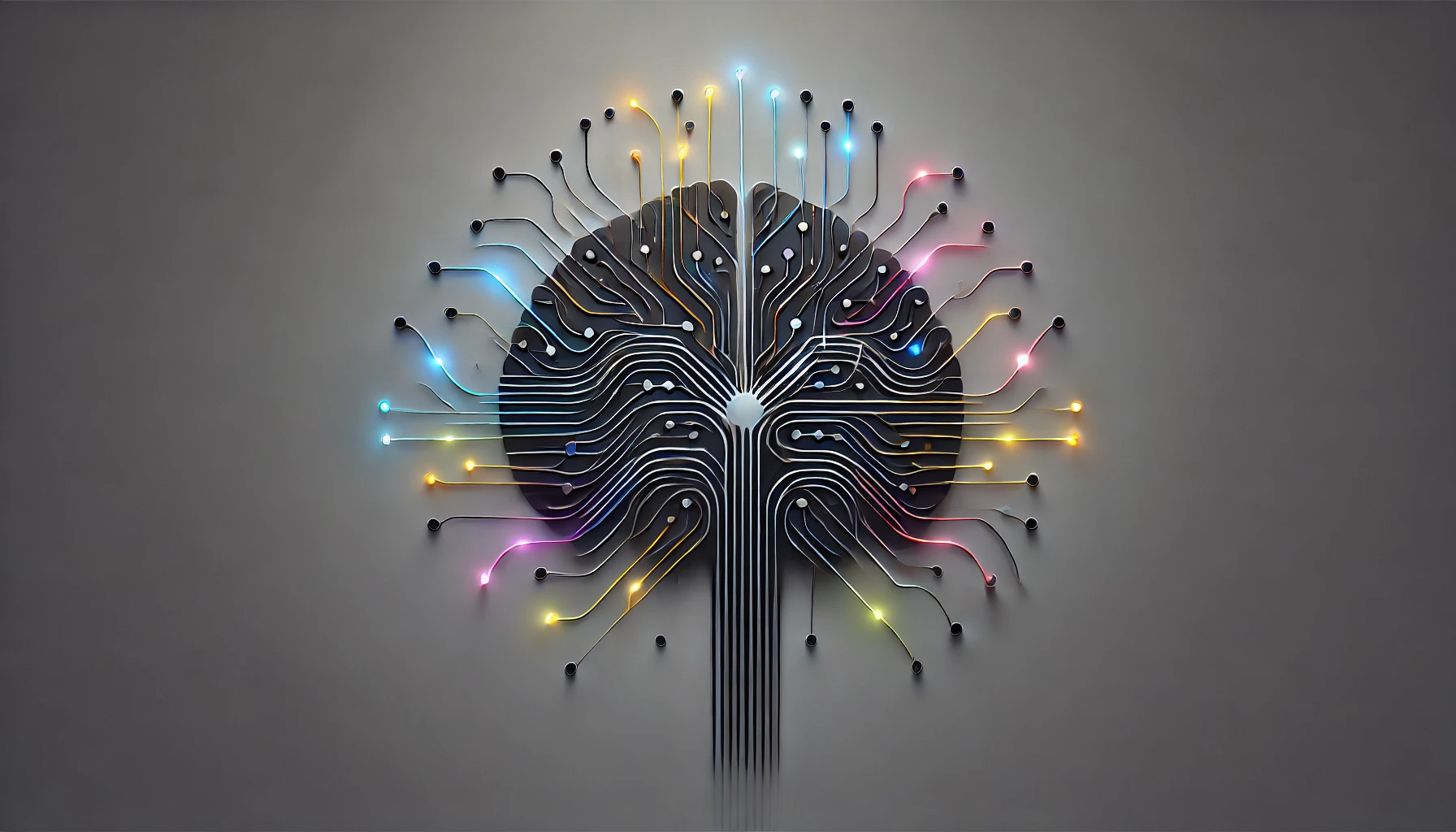Neural networks are not just some obscure technical jargon—they’re the beating heart of artificial intelligence, driving everything from facial recognition to predictive text. Today, we’ll explore the nuts and bolts of these marvels, unpack their inner workings, and explore how they’re reshaping the future of technology. Inspired by several thought-provoking sources, including MIT News and IBM’s insights on AI, we’ll answer pressing questions while offering a compelling, humorous take on why neural networks are more than just buzzwords.
What Exactly is a Neural Network?
A neural network is a series of algorithms designed to recognize patterns. Think of it like a brain—albeit a digital one. It’s built to mimic the neurons in human brains by processing data and learning from it. The technology underpins everything from Amazon’s AI to Meta’s latest experiments in machine learning, making AI a part of your everyday life.
Neural networks aren’t exclusive to academics and research papers anymore. They power Netflix recommendations, OpenAI’s ChatGPT, and even autonomous cars by Tesla. They take massive chunks of data, make sense of them, and spit out predictions with eerie accuracy.
The Brain Behind Your Favorite AI Tools
While terms like artificial intelligence and machine learning are thrown around, neural networks sit comfortably at their core. Picture this: neural networks function by breaking inputs down into manageable "tokens" and running them through a series of weighted decisions. These tokens could be words (like in ChatGPT), pixels in an image, or audio samples.
Tools like Midjourney and DALL·E, which generate images from text prompts, rely heavily on these networks. The transformer models within them use layers upon layers of calculations, with each neuron making micro-decisions that inform the next layer—a bit like solving a Rubik's Cube, one twist at a time.
Why Neural Networks Are More Than Just Fancy Math
At their core, neural networks are built on simple concepts, like linear regression. However, they gain power exponentially by scaling—adding layers and parameters until they reach monumental complexity. In fact, the GPT-3 model, the technology behind ChatGPT, contains a mind-blowing 175 billion parameters.
While it might sound like magic, the process is all about crunching numbers. Algorithms like Softmax normalize probabilities to predict likely outcomes, similar to how a weather app shows a forecast of rain.
Metaphor Time: Imagine planning a cross-country road trip. Each neuron is like a pit stop deciding which highway to take next, and by the time you hit the final destination, every small decision—gas stations, detours, playlist choices—adds up to the big picture: reaching your end goal smoothly (hopefully without Google Maps sending you off a cliff).
The Emotional Impact of Neural Networks
Now, here’s where it gets interesting. Neural networks aren’t just tech jargon—they tug at the emotions that govern human life. Consider the joy of receiving accurate YouTube recommendations or the reassurance of personalized healthcare predictions powered by AI. These technologies evoke control, hope, and efficiency, fostering trust between humans and machines.
That said, the road hasn’t been entirely smooth. Some worry about AI's ethical implications. Should algorithms decide which job applications get reviewed? Can they fairly detect hate speech on social media? These issues make neural networks feel a bit like Pandora’s box, brimming with both promise and peril.
Examples of Neural Networks in Everyday Life
Let’s ground this discussion with real-world applications. Neural networks touch virtually every aspect of your day:
- Facial recognition at airports streamlines security.
- Speech-to-text software powers virtual assistants like Alexa and Google Assistant.
- Financial algorithms predict market movements and optimize stock portfolios.
- Autonomous vehicles learn to navigate traffic and avoid accidents.
Behind each of these innovations lies a neural network quietly working through data, making decisions faster than you can blink.
A Fun Thought Experiment: The Neural Network That Knows You Too Well
What if the neural network predicting your Spotify playlist got so good that it began crafting songs tailored to your exact mood? Imagine waking up to a song that matches your inner monologue about existential dread and midweek motivation. Would it be comforting, or would it feel like you’ve stepped into a sci-fi movie where AI knows you better than you know yourself?
What’s Next for Neural Networks?
As neural networks continue to evolve, they’ll grow more nuanced and intuitive. Research in areas like deep reinforcement learning is leading the way toward AI that learns from complex environments in real time—just like humans do. The future holds promises of even smarter chatbots, self-driving cities, and medical breakthroughs. But the question remains: are we ready to trust machines this much?
Joining the Revolution
What do you think? Are neural networks a force for good or a step toward dystopia? Join the conversation and become part of the iNthacity community. Apply to become a permanent resident. Let’s discuss, debate, and envision the role of AI in tomorrow’s world!



















Post Comment
You must be logged in to post a comment.